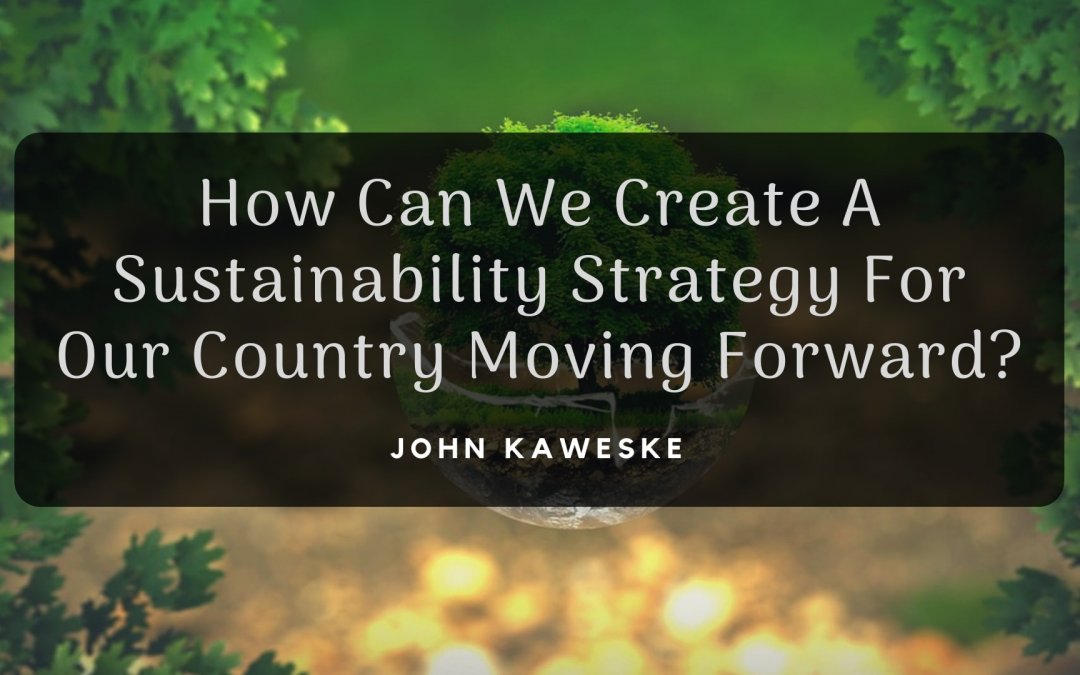There are two basic axioms applicable to most phenomena in social studies. If you want more of something, you make it profitable. If you want less of something, you tax it.
Here in the United States, much has been made of creating a sustainable society for the future. Sustainable is one of those terms that means different things to different people. The conventional definition is that a sustainable economy is non-destructive in that it either recycles or replaces anything it consumes. Sustainable economies are cycles capable of producing what is necessary for arbitrary quantities without producing unusual waste or destroying the source.
Energy First
Modern human society is not possible without energy. Up to now, our energy needs have been fulfilled by consumable fuel sources like coal and oil. While wind and solar energy production have both made major progress in the last half-century, the likelihood they will be able to provide for all of the nation’s energy needs is remote.
Humanity will need to find alternatives and will need to do some bold thinking and experimentation to replace the modern energy infrastructure. The political divisions of the 1970s will also need to be abandoned, as they have little to no application some 40 years later. The world has changed completely since the Nixon and Carter-era energy crisis. Those arguments are long settled and should not have any influence on today’s thinking.
Better Manufacturing
Factories are capital-intensive enormously expensive and enormously inefficient monuments to the industrial revolution. Like coal and oil, they have their place and society has come to rely on their ability to produce a large number of products at relatively cheap unit costs. However, the future of manufacturing is going to rely on much smaller facilities. The advent of micro-manufacturing, prototyping, and 3D printing has ushered in an age where even the production of simple household items can be a just-in-time process rather than something delivered by an expensive supply chain.
Except for the energy costs, the 3D print manufacturing model only requires access to very inexpensive general materials and time, both of which will be far less of a burden in a world where it doesn’t take 100 people six weeks to make and deliver a kitchen broom.
The combination of reliable, sustainable energy and micro-manufacturing will change society and our model of sustainability in ways we can’t currently imagine. The results will reduce costs and increase quality while bringing our economy into a more cooperative posture.

